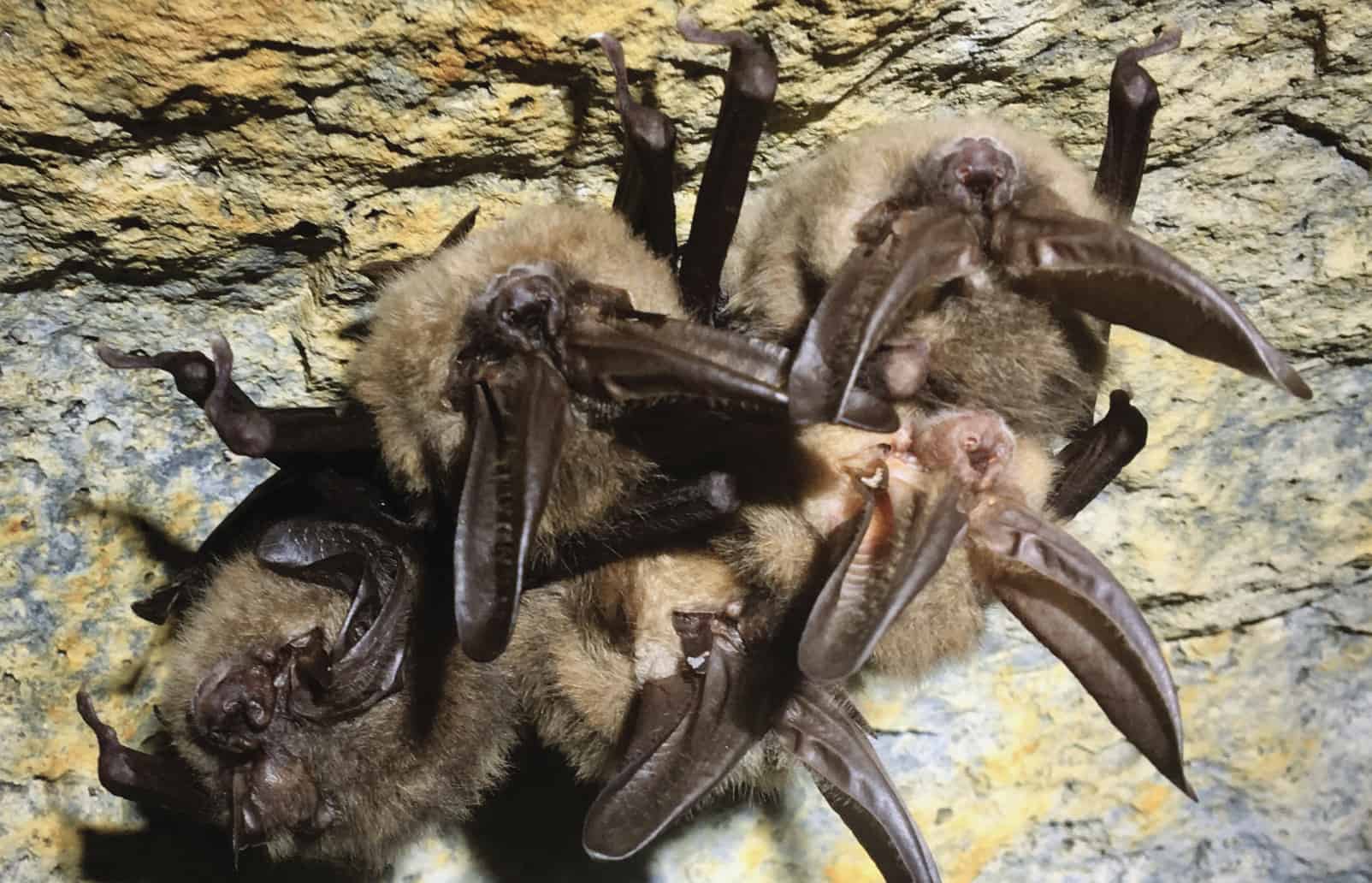Share this article
Enhancing songbird populations by managing forests
Songbirds are a source of enjoyment for millions of bird watchers. According to one recent estimate, bird-oriented recreation generates $85 billion of economic activity annually. Populations of many species are declining, and some of these declines are likely due to recent changes in the condition of our forests.
Historically, eastern forests consisted of a mosaic of old growth stands interspersed with shrubby openings caused by natural and anthropogenic disturbances such as blowdown, beavers, and fire. Following colonization, the structural diversity characteristic of these early stands was lost as old growth forests were replaced by secondary forests more resistant to blowdown, and the influence of other natural disturbance agents was restricted. Bird diversity increases with structural diversity, and some species require particular structural features like advanced regeneration or canopy gaps to nest and rear their young.
One such species is the wood thrush, a forest-nesting songbird whose population has declined by over 50 percent in the past few decades. Scientists explored the extent to which silviculture could enhance wood thrush habitat in a study in central Massachusetts and found that wood thrushes were more abundant and nested successfully in managed forests, and that fledglings selected structurally diverse habitats created by forestry.
Contacts: David King, Research Wildlife Biologist
Publication: Synthesis of the conservation value of the early-successional stage in forests of eastern North America
External Partners: University of Massachusetts Amherst; United States Geological Survey Massachusetts Cooperative Fish and Wildlife Research Unit
This article originally appeared on the U.S. Forest Service’s website. The article is excerpted from the US Forest Service Northern Research Station’s 2016 Research Highlights online presentation. To view all 25 research highlights, visit https://www.fs.fed.us/nrs/highlights/.
Header Image: ©Kelly Colgan Azar








